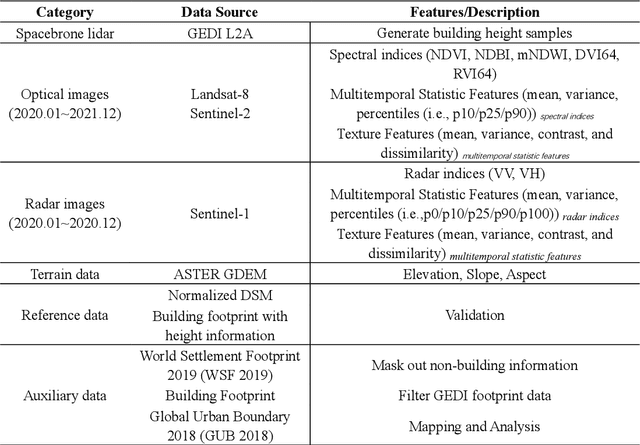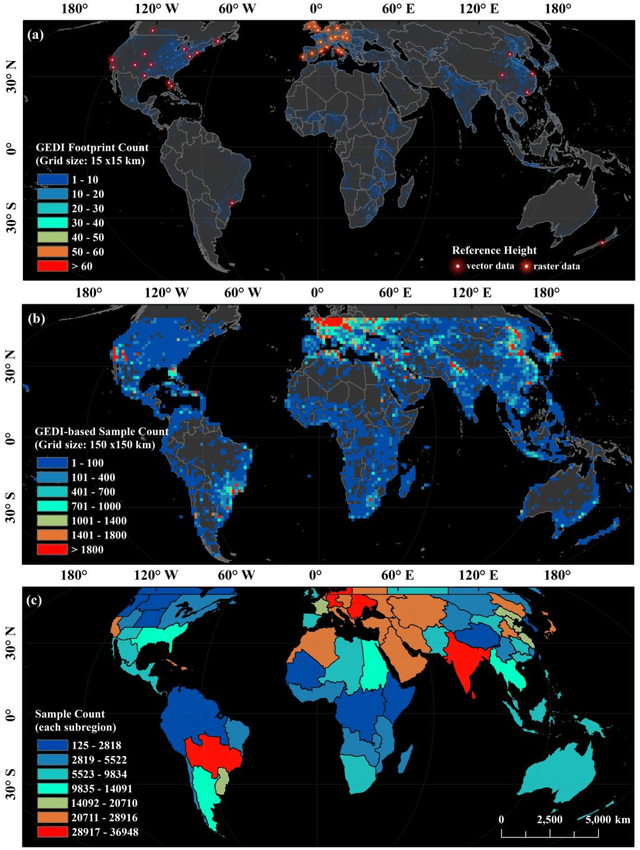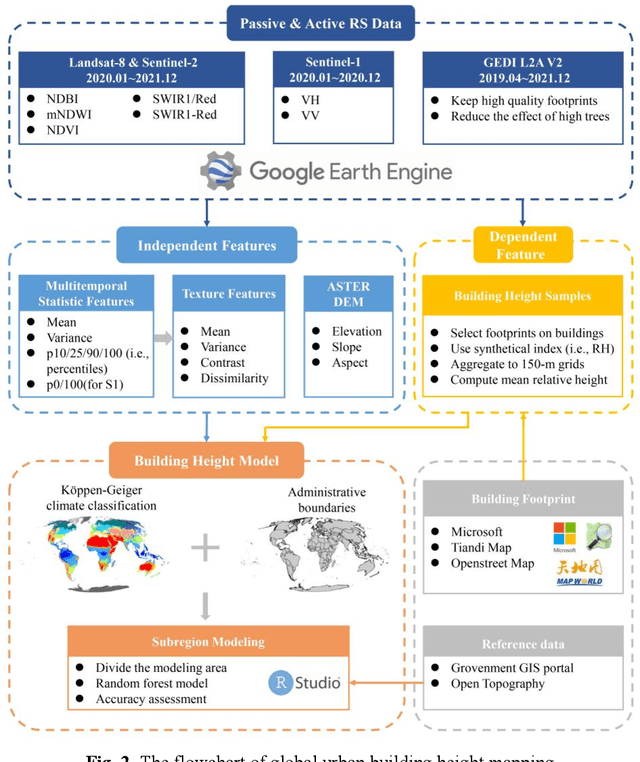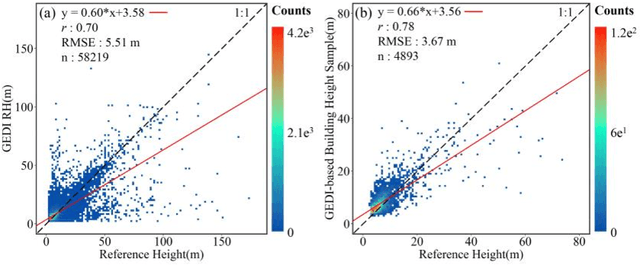Qinghua Guo
David
Holographic Communication via Recordable and Reconfigurable Metasurface
Jun 24, 2025Abstract:Holographic surface based communication technologies are anticipated to play a significant role in the next generation of wireless networks. The existing reconfigurable holographic surface (RHS)-based scheme only utilizes the reconstruction process of the holographic principle for beamforming, where the channel sate information (CSI) is needed. However, channel estimation for CSI acquirement is a challenging task in metasurface based communications. In this study, inspired by both the recording and reconstruction processes of holography, we develop a novel holographic communication scheme by introducing recordable and reconfigurable metasurfaces (RRMs), where channel estimation is not needed thanks to the recording process. Then we analyze the input-output mutual information of the RRM-based communication system and compare it with the existing RHS based system. Our results show that, without channel estimation, the proposed scheme achieves performance comparable to that of the RHS scheme with perfect CSI, suggesting a promising alternative for future wireless communication networks.
Threshold Modulation for Online Test-Time Adaptation of Spiking Neural Networks
May 08, 2025Abstract:Recently, spiking neural networks (SNNs), deployed on neuromorphic chips, provide highly efficient solutions on edge devices in different scenarios. However, their ability to adapt to distribution shifts after deployment has become a crucial challenge. Online test-time adaptation (OTTA) offers a promising solution by enabling models to dynamically adjust to new data distributions without requiring source data or labeled target samples. Nevertheless, existing OTTA methods are largely designed for traditional artificial neural networks and are not well-suited for SNNs. To address this gap, we propose a low-power, neuromorphic chip-friendly online test-time adaptation framework, aiming to enhance model generalization under distribution shifts. The proposed approach is called Threshold Modulation (TM), which dynamically adjusts the firing threshold through neuronal dynamics-inspired normalization, being more compatible with neuromorphic hardware. Experimental results on benchmark datasets demonstrate the effectiveness of this method in improving the robustness of SNNs against distribution shifts while maintaining low computational cost. The proposed method offers a practical solution for online test-time adaptation of SNNs, providing inspiration for the design of future neuromorphic chips. The demo code is available at github.com/NneurotransmitterR/TM-OTTA-SNN.
Cutting-edge 3D reconstruction solutions for underwater coral reef images: A review and comparison
Feb 27, 2025Abstract:Corals serve as the foundational habitat-building organisms within reef ecosystems, constructing extensive structures that extend over vast distances. However, their inherent fragility and vulnerability to various threats render them susceptible to significant damage and destruction. The application of advanced 3D reconstruction technologies for high-quality modeling is crucial for preserving them. These technologies help scientists to accurately document and monitor the state of coral reefs, including their structure, species distribution and changes over time. Photogrammetry-based approaches stand out among existing solutions, especially with recent advancements in underwater videography, photogrammetric computer vision, and machine learning. Despite continuous progress in image-based 3D reconstruction techniques, there remains a lack of systematic reviews and comprehensive evaluations of cutting-edge solutions specifically applied to underwater coral reef images. The emerging advanced methods may have difficulty coping with underwater imaging environments, complex coral structures, and computational resource constraints. They need to be reviewed and evaluated to bridge the gap between many cutting-edge technical studies and practical applications. This paper focuses on the two critical stages of these approaches: camera pose estimation and dense surface reconstruction. We systematically review and summarize classical and emerging methods, conducting comprehensive evaluations through real-world and simulated datasets. Based on our findings, we offer reference recommendations and discuss the development potential and challenges of existing approaches in depth. This work equips scientists and managers with a technical foundation and practical guidance for processing underwater coral reef images for 3D reconstruction....
Neural Network-Assisted Hybrid Model Based Message Passing for Parametric Holographic MIMO Near Field Channel Estimation
Aug 29, 2024



Abstract:Holographic multiple-input and multiple-output (HMIMO) is a promising technology with the potential to achieve high energy and spectral efficiencies, enhance system capacity and diversity, etc. In this work, we address the challenge of HMIMO near field (NF) channel estimation, which is complicated by the intricate model introduced by the dyadic Green's function. Despite its complexity, the channel model is governed by a limited set of parameters. This makes parametric channel estimation highly attractive, offering substantial performance enhancements and enabling the extraction of valuable sensing parameters, such as user locations, which are particularly beneficial in mobile networks. However, the relationship between these parameters and channel gains is nonlinear and compounded by integration, making the estimation a formidable task. To tackle this problem, we propose a novel neural network (NN) assisted hybrid method. With the assistance of NNs, we first develop a novel hybrid channel model with a significantly simplified expression compared to the original one, thereby enabling parametric channel estimation. Using the readily available training data derived from the original channel model, the NNs in the hybrid channel model can be effectively trained offline. Then, building upon this hybrid channel model, we formulate the parametric channel estimation problem with a probabilistic framework and design a factor graph representation for Bayesian estimation. Leveraging the factor graph representation and unitary approximate message passing (UAMP), we develop an effective message passing-based Bayesian channel estimation algorithm. Extensive simulations demonstrate the superior performance of the proposed method.
Full-Duplex ISAC-Enabled D2D Underlaid Cellular Networks: Joint Transceiver Beamforming and Power Allocation
Aug 22, 2024



Abstract:Integrating device-to-device (D2D) communication into cellular networks can significantly reduce the transmission burden on base stations (BSs). Besides, integrated sensing and communication (ISAC) is envisioned as a key feature in future wireless networks. In this work, we consider a full-duplex ISAC- based D2D underlaid system, and propose a joint beamforming and power allocation scheme to improve the performance of the coexisting ISAC and D2D networks. To enhance spectral efficiency, a sum rate maximization problem is formulated for the full-duplex ISAC-based D2D underlaid system, which is non-convex. To solve the non-convex optimization problem, we propose a successive convex approximation (SCA)-based iterative algorithm and prove its convergence. Numerical results are provided to validate the effectiveness of the proposed scheme with the iterative algorithm, demonstrating that the proposed scheme outperforms state-of-the-art ones in both communication and sensing performance.
Iterative Equalization of CPM With Unitary Approximate Message Passing
Aug 14, 2024



Abstract:Continuous phase modulation (CPM) has extensive applications in wireless communications due to its high spectral and power efficiency. However, its nonlinear characteristics pose significant challenges for detection in frequency selective fading channels. This paper proposes an iterative receiver tailored for the detection of CPM signals over frequency selective fading channels. This design leverages the factor graph framework to integrate equalization, demodulation, and decoding functions. The equalizer employs the unitary approximate message passing (UAMP) algorithm, while the unitary transformation is implemented using the fast Fourier transform (FFT) with the aid of a cyclic prefix (CP), thereby achieving low computational complexity while with high performance. For CPM demodulation and channel decoding, with belief propagation (BP), we design a message passing-based maximum a posteriori (MAP) algorithm, and the message exchange between the demodulator, decoder and equalizer is elaborated. With proper message passing schedules, the receiver can achieve fast convergence. Simulation results show that compared with existing turbo receivers, the proposed receiver delivers significant performance enhancement with low computational complexity.
Efffcient Sensing Parameter Estimation with Direct Clutter Mitigation in Perceptive Mobile Networks
Jul 24, 2024Abstract:In this work, we investigate sensing parameter estimation in the presence of clutter in perceptive mobile networks (PMNs) that integrate radar sensing into mobile communications. Performing clutter suppression before sensing parameter estimation is generally desirable as the number of sensing parameters can be signiffcantly reduced. However, existing methods require high-complexity clutter mitigation and sensing parameter estimation, where clutter is ffrstly identiffed and then removed. In this correspondence, we propose a much simpler but more effective method by incorporating a clutter cancellation mechanism in formulating a sparse signal model for sensing parameter estimation. In particular, clutter mitigation is performed directly on the received signals and the unitary approximate message passing (UAMP) is leveraged to exploit the common support for sensing parameter estimation in the formulated sparse signal recovery problem. Simulation results show that, compared to state-of-theart methods, the proposed method delivers signiffcantly better performance while with substantially reduced complexity.
Bayesian Learning for Double-RIS Aided ISAC Systems with Superimposed Pilots and Data
Feb 16, 2024Abstract:Reconfigurable intelligent surface (RIS) has great potential to improve the performance of integrated sensing and communication (ISAC) systems, especially in scenarios where line-of-sight paths between the base station and users are blocked. However, the spectral efficiency (SE) of RIS-aided ISAC uplink transmissions may be drastically reduced by the heavy burden of pilot overhead for realizing sensing capabilities. In this paper, we tackle this bottleneck by proposing a superimposed symbol scheme, which superimposes sensing pilots onto data symbols over the same time-frequency resources. Specifically, we develop a structure-aware sparse Bayesian learning framework, where decoded data symbols serve as side information to enhance sensing performance and increase SE. To meet the low-latency requirements of emerging ISAC applications, we further propose a low-complexity simultaneous communication and localization algorithm for multiple users. This algorithm employs the unitary approximate message passing in the Bayesian learning framework for initial angle estimate, followed by iterative refinements through reduced-dimension matrix calculations. Moreover, the sparse code multiple access technology is incorporated into this iterative framework for accurate data detection which also facilitates localization. Numerical results show that the proposed superimposed symbol-based scheme empowered by the developed algorithm can achieve centimeter-level localization while attaining up to $96\%$ of the SE of conventional communications without sensing capabilities. Moreover, compared to other typical ISAC schemes, the proposed superimposed symbol scheme can provide an effective throughput improvement over $133\%$.
Hybrid Vector Message Passing for Generalized Bilinear Factorization
Jan 08, 2024Abstract:In this paper, we propose a new message passing algorithm that utilizes hybrid vector message passing (HVMP) to solve the generalized bilinear factorization (GBF) problem. The proposed GBF-HVMP algorithm integrates expectation propagation (EP) and variational message passing (VMP) via variational free energy minimization, yielding tractable Gaussian messages. Furthermore, GBF-HVMP enables vector/matrix variables rather than scalar ones in message passing, resulting in a loop-free Bayesian network that improves convergence. Numerical results show that GBF-HVMP significantly outperforms state-of-the-art methods in terms of NMSE performance and computational complexity.
A global product of fine-scale urban building height based on spaceborne lidar
Oct 22, 2023



Abstract:Characterizing urban environments with broad coverages and high precision is more important than ever for achieving the UN's Sustainable Development Goals (SDGs) as half of the world's populations are living in cities. Urban building height as a fundamental 3D urban structural feature has far-reaching applications. However, so far, producing readily available datasets of recent urban building heights with fine spatial resolutions and global coverages remains a challenging task. Here, we provide an up-to-date global product of urban building heights based on a fine grid size of 150 m around 2020 by combining the spaceborne lidar instrument of GEDI and multi-sourced data including remotely sensed images (i.e., Landsat-8, Sentinel-2, and Sentinel-1) and topographic data. Our results revealed that the estimated method of building height samples based on the GEDI data was effective with 0.78 of Pearson's r and 3.67 m of RMSE in comparison to the reference data. The mapping product also demonstrated good performance as indicated by its strong correlation with the reference data (i.e., Pearson's r = 0.71, RMSE = 4.60 m). Compared with the currently existing products, our global urban building height map holds the ability to provide a higher spatial resolution (i.e., 150 m) with a great level of inherent details about the spatial heterogeneity and flexibility of updating using the GEDI samples as inputs. This work will boost future urban studies across many fields including climate, environmental, ecological, and social sciences.
 Add to Chrome
Add to Chrome Add to Firefox
Add to Firefox Add to Edge
Add to Edge